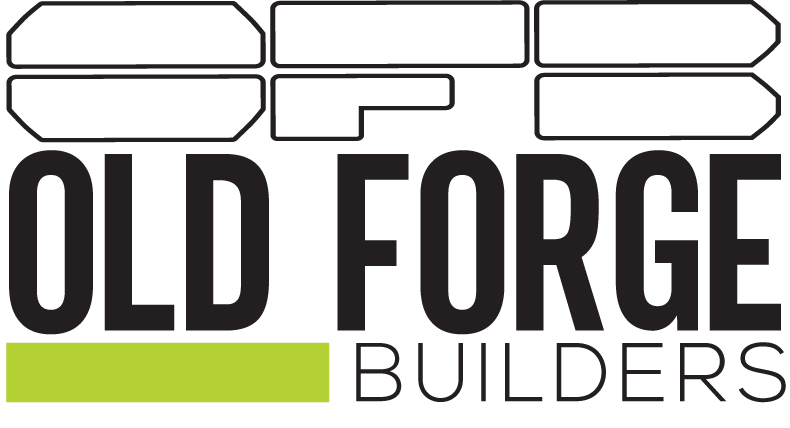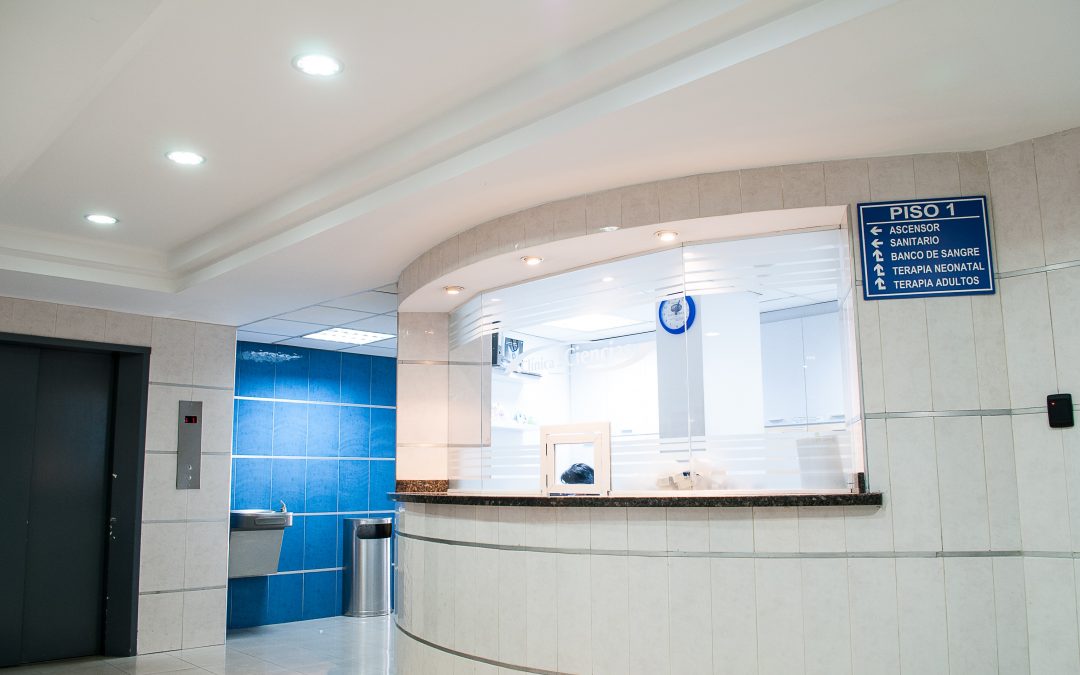The concept of “value-based care” was a common focal point at the 2019 Healthcare & Medical Properties Conference – stressed during the beginning discussion surrounding operational trends that independent physicians and larger health networks both face. Recent mergers in the New Jersey market among Hackensack Meridian and Englewood Health are signaling that continued consolidation is a large portion of the future outlook. In previous years, the trade-off was traditionally cost vs. quality, however now care providers find themselves at a crossroads, where there is a demand for the highest quality (care, facilities, amenities) at the lowest cost. With tele-medicine and diverse specialty care facilities emerging, the real estate implications are extremely interesting. Sit back and enjoy – the following insights are my favorite take-aways from the event. From a real estate and construction perspective, the future of medical facilities projects is far from dull.
Since the healthcare space has always been admired for its resiliency, real estate investors jump on this category as threats of a recession loom. A recent movement some health networks have been undertaking is to purchase boutique, pre-war hotels, convert them into medical facilities, and then use the structure for provision of tele-health services. This is being seen especially in New York, following the concept originally deriving from the west coast. Rather than building from scratch, many healthcare systems are renovating with the primary goals of improving outcomes, cost, and patient experiences.
The founder of Ritz-Carlton Hotels, Horst Schulze, had a mother with cancer and used his experience with the care model to form healthcare facilities similar to the Ritz-Carlton’s emphasis on traveler gratification. His goal was to offer a home-based setting where patient convenience is top of mind. He felt that no human should have to experience what his mother did. Spawning from a similar thought process, many healthcare providers today have been executing a similar approach to this experiential component of care. The main theme going forward – a less institutional, more “residential” setting is the aesthetic that modern medical teams pursue.
A new trend that raised some discussion are child birthing centers with mid-wives on staff being sought instead of a conventional hospital room. These facilities include custom cabinetry to hide medical gas, high-end tiles and finishes resembling a master bedroom. With 12 of these in the country, it’s an interesting alternative – especially as health systems try to improve operational standards and patient costs. With a typical 12 hour stay, these settings operate alongside a NICU and other more institutional areas to offer a quick elevator ride transport in the case of complication.
There was a case study mentioned that included some interesting project management best practices worth highlighting. The project discussed was a new $700m hospital in Paramus, NJ (still under construction). Starting with a completely blank slate, the pre-construction process involved laser focus on client needs. In the med-surg room, there are commonly left-oriented and right-oriented formats. In this project, all rooms are the same hand—adding uniformity and the ability to prefabricate bathrooms and HVAC distribution on a repeatable basis. This adds notable speed in construction, and also decreases care disruption.
The facility featured all sliding doors, making square footage in patient rooms more efficient, as swinging doors can limit space dramatically. With a “Three P” Process (process, productivity, preparation), care givers were integrated into the layout of the space they will work in during design phases. Each room was collaboratively designed on a board to put into context the workflows of their care strategy in a space. The team made a cardboard model with colored yarn to signify work flow among other functions in the same room with different colored pieces of yarn. With this, the team gained early buy-in and changes were substantially minimized—a huge contributor to the success of the project.
Another topic that allowed for some thought-provoking discussion was IPD (Integrated Project Delivery). Often, when contractors are brought into the construction process, it is at the point where cost hasn’t yet been presented for the plans that have already been developed. This then can present obstacles and the need to eliminate features due to cost that disrupt the initial project’s goal. With IPD, this is prevented.
Under this agreement, the general contractor/construction manager, and all architectural/engineer partners work together as a collaborative team from the start of a project, sharing their agreed-upon profit. This value-driven setup limits the opportunity to compromise based on cost, when this was a discussion already addressed in conceptual phases. This sets a realistic target value with all constituents engaged at an early point so goals are realistic and attainable. The beauty of IPD is transparency and value-sharing from common governance.
One question raised asked when this arrangement is most suitable. It presented the response from a panel member that it can be problematic in multi-phase renovation work. Optimally, IPD is implemented in a completely new building scope. Why?
IPD creates an equal partnership of all signatory parties. This presents enormously complex administrative tasks when there are many phases and the need to monitor profitability for all groups with variable components shaping it. There is a resemblance to a Design/Build agreement, however this is a bit different contractually, as the profit is shared by the project participants and there is a shared accountability due to that.
The “value-based care” of the future has some striking applications on medical spaces built in 2019 and how we utilize them. All throughout the event, I was left to reflect on how useful discussions like this are to forward-looking contractors as they look to help clients stay on top of the most effective, cost-efficient means to patient peace of mind. With this content fresh on our minds, our next medical facility construction project will surely see the benefit of these observations.

